Sonus Paradisi
Leens, 1734 [Hauptwerk]
Leens, 1734 [Hauptwerk]
Couldn't load pickup availability
Petruskerk, Leens, Hinsz Orgel: before and after restoration
Sonus Paradisi has recorded the organ twice: In the year 2017, before the Reil restoration, and in 2022 after the restoration. The mic positions and recording technique were the same for the main channels, and therefore it is possible to directly compare the sound before and after the restoration using a special ODF supplied with the sample set. This ODF gives the user the ability to switch back and forth between the two sounds of the instrument in real time. This capability shows the unique potential of the sampling technique for organ research and historiography; such a direct comparison is impossible otherwise, especially not in the real world with the real pipes.
Presented to you by Leonart Studio, your authorised reseller for Sonus Paradisi in Switzerland (shipped internationally). Get your digitally sampled historical organs for the use with the Hauptwerk virtual instrument software.
Share this Sample Set
![Leens, 1734 [Hauptwerk]](http://artful.shop/cdn/shop/files/ss_Leens1.jpg?v=1693277005&width=1445)
![Leens, 1734 [Hauptwerk]](http://artful.shop/cdn/shop/files/ss_Leens1b.jpg?v=1693277004&width=1445)
![Leens, 1734 [Hauptwerk]](http://artful.shop/cdn/shop/files/ss_Leens2.jpg?v=1693277006&width=1445)
![Leens, 1734 [Hauptwerk]](http://artful.shop/cdn/shop/files/ss_Leens3.jpg?v=1693277005&width=1445)
![Leens, 1734 [Hauptwerk]](http://artful.shop/cdn/shop/files/ss_Leens4.jpg?v=1693277006&width=1445)
![Leens, 1734 [Hauptwerk]](http://artful.shop/cdn/shop/files/ss_Leens5.jpg?v=1693277006&width=1445)
![Leens, 1734 [Hauptwerk]](http://artful.shop/cdn/shop/files/ss_Leens6.jpg?v=1693277005&width=1445)
![Leens, 1734 [Hauptwerk]](http://artful.shop/cdn/shop/files/ss_Leens7.jpg?v=1693277004&width=1445)
![Leens, 1734 [Hauptwerk]](http://artful.shop/cdn/shop/files/ss_Leens8.jpg?v=1693277005&width=1445)
![Leens, 1734 [Hauptwerk]](http://artful.shop/cdn/shop/files/ss_Leens9.jpg?v=1693277005&width=1445)
![Leens, 1734 [Hauptwerk]](http://artful.shop/cdn/shop/files/ss_Leens10.jpg?v=1693277006&width=1445)
![Leens, 1734 [Hauptwerk]](http://artful.shop/cdn/shop/files/ss_Leens10b.jpg?v=1693277005&width=1445)
![Leens, 1734 [Hauptwerk]](http://artful.shop/cdn/shop/files/ss_Leens11_b62d6e83-b83c-4369-b6a5-5eae68b93863.jpg?v=1693277004&width=1445)
Specification (stop list)
-
Manual I
Hoofdwerk C–c3 [-f3]
Quintadeen 16'
Prestant 8'
Roerfluit 8'
Octaaf 4'
Speelfluit 4'
Quint 3'
Octaaf 2'
Mixtuur IV-VI
Trompet 8'
Vox humana 8'
Tremulant -
Manual II
Rugwerk C-c3 [-f3]
Fluitdous 8'
Prestant 4'
Holpijp 4'
Nasard 3'
Octaaf 2'
Quint 1 1/3'
Sexqualter II
Scherp 1'
Dulciaan 8'
Tremulant -
Manual III
-
-
Manual IV
-
-
Pedal
Pedaal C-d1 [-f1]
Bourdon 16'
Prestant 8'
Roerquint 6'
Octaaf 4'
Mixtuur IV-VI
Bazuin 16'
Trompet 8'
Cornet 2'
Tremulant -
Other specification
Couplers:
II / I; I / Ped.
Accessories:
Afluiters for each division
Tremulant (one affecting the whole organ)
Kalcanten klok (bell to a calcant)
Windlosser (to empty bellows after playing, no function in Hauptwerk)
History
Petruskerk, Leens, Hinsz Orgel: before and after restoration
The organ in the Petruskerk in Leens was built 1733/34 by the Groningen organ builder Albertus Anthoni Hinsz (1704-1785), replacing an older instrument. The Hinsz organ has 27 stops and three divisions: Hoofdwerk, Rugwerk and Pedaal, and was completed in December 1734. Hinsz borrowed the design of the instrument from the organ of the Michaël church in Zwolle. The Leens organ is distinguished for its brilliant sound, compared to other Hinszinstruments, such as Midwolda or Harlingen. It is therefore closest to the Schnitger tradition in terms of sound. The richly decorated organ case, the carvings, and the sculptures were made by Theodorus van der Haven and Caspar Struiwigh. The organ is unusually large for a small church.
The organ was renovated in 1843/44 by Geert Pieters Dik, then in 1867 it was repaired by Petrus van Oeckelen after the construction of the new tower of the church, and in 1922 it was restored by Jan Doornbos. In each case, one or more stops were replaced. The 1922 restoration also included renewal of the façade pipes and wind supply. The Petruskerk itself was restored in 1948-52. The organ, which had been encased for protection during the church restoration, was made playable again by the organ maker Mense Ruiter. But at that time it became immediately apparent that the precious instrument had suffered to such an extent that a total restoration was necessary. This was carried out in the years 1963-67 by the organ builders Gebr. Van Vulpen in Utrecht. At that time, the original disposition was restored. The restored instrument was inaugurated on April 26, 1968. Over the years there were some corrections to this restoration, such as lowering the wind pressure (which is now 68mm). In 1981, there was a pedal coupler added. In 2010, the temperament was changed to a Neidhardt II ("Dorf").
In 2019, a major maintenance was entrusted to Orgelmakerij Reil B.V.This included a reconstruction of the entire wind supply with five wedge bellows, as well as retouching other organ parts, including the Calcanten bell. The front pipes of the three Prestanten from 1922 were revoiced to better match the rest of the instrument, and the voicing of the rest of the pipework was corrected where necessary. The composition of the Scherp from 1968 was revised. However, the Neidhardt II tuning was maintained and the wind pressure remained almost the same. While the wind chests and pipework were in the workshop in Heerde in 2020, the carvings were restored and completed by Tico Top. Members of the Foundation Hinszorgel Leens then waxed the organ case and accessories, including the organ balustrade. In early May 2021, the restored organ was festively inaugurated.
Sonus Paradisi has recorded the organ twice: In the year 2017, before the Reil restoration, and in 2022 after the restoration. The mic positions and recording technique were the same for the main channels, and therefore it is possible to directly compare the sound before and after the restoration using a special ODF supplied with the sample set. This ODF gives the user the ability to switch back and forth between the two sounds of the instrument in real time. This capability shows the unique potential of the sampling technique for organ research and historiography; such a direct comparison is impossible otherwise, especially not in the real world with the real pipes.
The text compiled based on the webpage: https://www.hinszorgelleens.nl/de-stichting/
Features
Encryption
The samples are offered in 48kHz/24bit resolution. The multiple releases have three levels: short, mid and long. Hauptwerk v4.2 and higher supported. The sample set is offered in a plain wave format, no encryption.
Reverb time
The reverb time is ca. 3 seconds.
Before - After restoration comparison
The organ was recorded two times. In 2017, before the planned restoration, and in 2022 after the restoration. Diffuse and rear perspectives used the same microphones, positions and technique, so that direct comparison of the before and after sound is possible. The special ODF features the before - after restoration sound, alternating via a dedicated mixer switch. This ODF is separate from the 10-channels surround ODF which features the sound after the restoration in 5 different perspectives, including the organist perspective.
Keyboards, pedalboard
The original compass of the keyboards is 49 keys, extendable to 54 keys via a mixer switch. The original compass of the pedal division is 27 keys, extendable to 30 keys via a mixer switch. (Before-after restoration comparison ODF has no extended compass.)
Tremulants
All ranks were recorded with and without tremulant for the most convincing tremulant behavior. However, loading the authentic tremmed ranks consumes large amount of RAM. It is possible to select to use the artificial tremulant instead to save RAM (the switch is located on the mixer tab).
Surround format
The sample set is offered in a Surround variant (10 channels). There are two direct channels, two diffuse channels, distant channels and two rear channels. Additionally, an organist perspective is available. To play all these perspectives, all three volumes of the sample set must be purchased and installed, i.e. vol. 1 + 2 + 3.
To reproduce the surround format, an audio card with at least 4 output channels is required, dedicating the direct and diffuse and/or distant channels for the front speakers, and other two channels for the rear speakers.
The special before-after restoration sound comparison ODF is limited to 4 channels - diffuse and rear perspectives. Volumes 1 + 2 of the set must be installed for the before-after restoration sample set use.
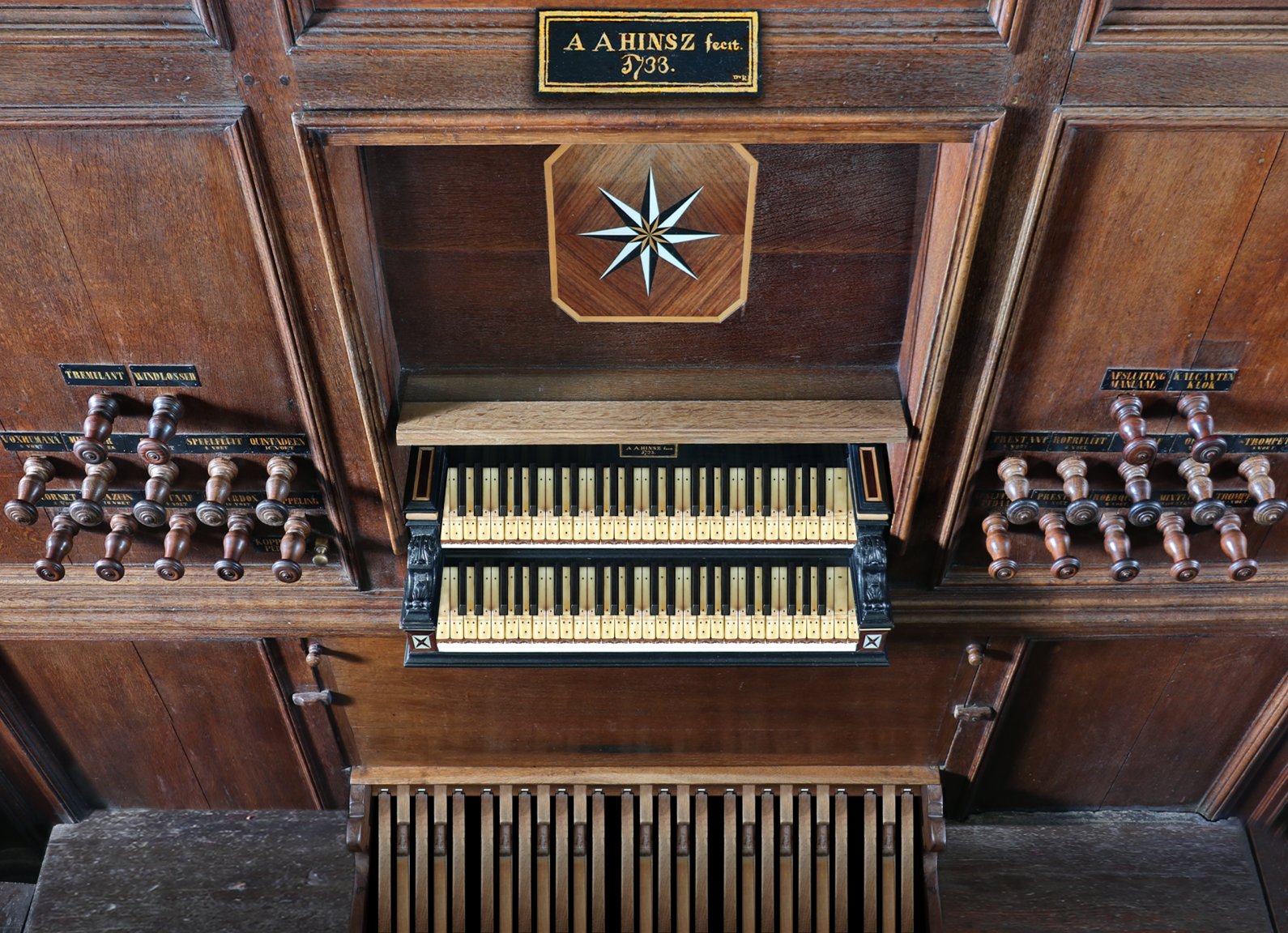

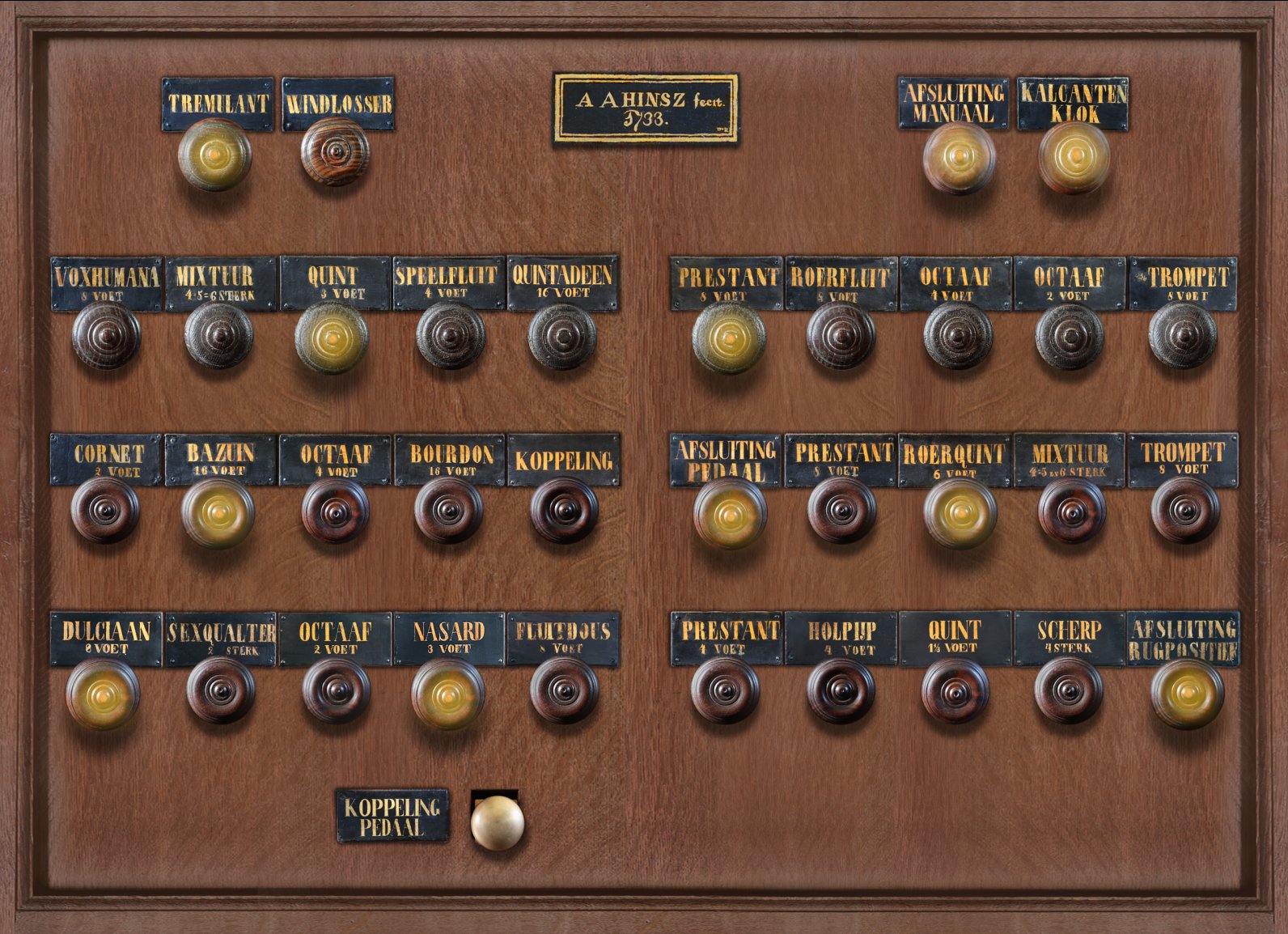

Requirements
Hauptwerk v4.2 and higher supported.
RAM consumption: 10-channel surround = vol. 1 + 2 + 3 together
16-bit, other settings default: 30 GB
20-bit, other settings default: 49 GB
24-bit, other settings default: 57 GB
RAM consumption: Before-after restoration virtual organ, diffuse and rear channels = vol. 1 + 2
16-bit, other settings default: 21.5 GB
20-bit, other settings default: 35 GB
24-bit, other settings default: 41 GB
* loading in 16-bit depth is NOT recommended due to high amount of digital hiss emerging, since the noise floor of the 16-bit depth is too high and very audible with the many samples sounding simultaneously.
Screen resolution 1280x1024 px or more.
Polyphony of 8.000 voices recommended for the full suround.
This Hauptwerk Sample Set is presented to you by Leonart Studio, an authorised reseller for the manufacturer Sonus Paradisi in Switzerland (shipping internationally). Enjoy this digitally sampled organ library for the use with Hauptwerk software and start expanding your historical organ collection today.
More Hauptwerk Sample Sets
-
Casavant, 1995 [Hauptwerk]
Vendor:Sonus ParadisiRegular price CHF 174.90Regular priceUnit price / per -
Bückeburg, 1997 [Hauptwerk]
Vendor:Sonus ParadisiRegular price From CHF 1.10Regular priceUnit price / per -
Schwerin, Dom, Ladegast Organ 1871 [Hauptwerk]
Vendor:Sonus ParadisiRegular price CHF 616.00Regular priceUnit price / per -
Segovia, 1772 [Hauptwerk]
Vendor:Sonus ParadisiRegular price CHF 317.90Regular priceUnit price / per -
Reuter, 1928 [Hauptwerk]
Vendor:Sonus ParadisiRegular price CHF 473.00Regular priceUnit price / per -
Rotterdam Hoofdorgel, 1973 [Hauptwerk]
Vendor:Sonus ParadisiRegular price From CHF 330.00Regular priceUnit price / perCHF 958.10Sale price From CHF 330.00Sale -
Groningen, 1450-1740 [Hauptwerk]
Vendor:Sonus ParadisiRegular price From CHF 658.90Regular priceUnit price / perCHF 1,681.90Sale price From CHF 658.90Sale -
Frankfurt a.d. Oder, 1975 [Hauptwerk]
Vendor:Sonus ParadisiRegular price From CHF 220.00Regular priceUnit price / perCHF 550.00Sale price From CHF 220.00Sale -
Piacenza, 1838 [Hauptwerk]
Vendor:Sonus ParadisiRegular price CHF 330.00Regular priceUnit price / per -
Lüdingworth, 1683 [Hauptwerk]
Vendor:Sonus ParadisiRegular price CHF 330.00Regular priceUnit price / per

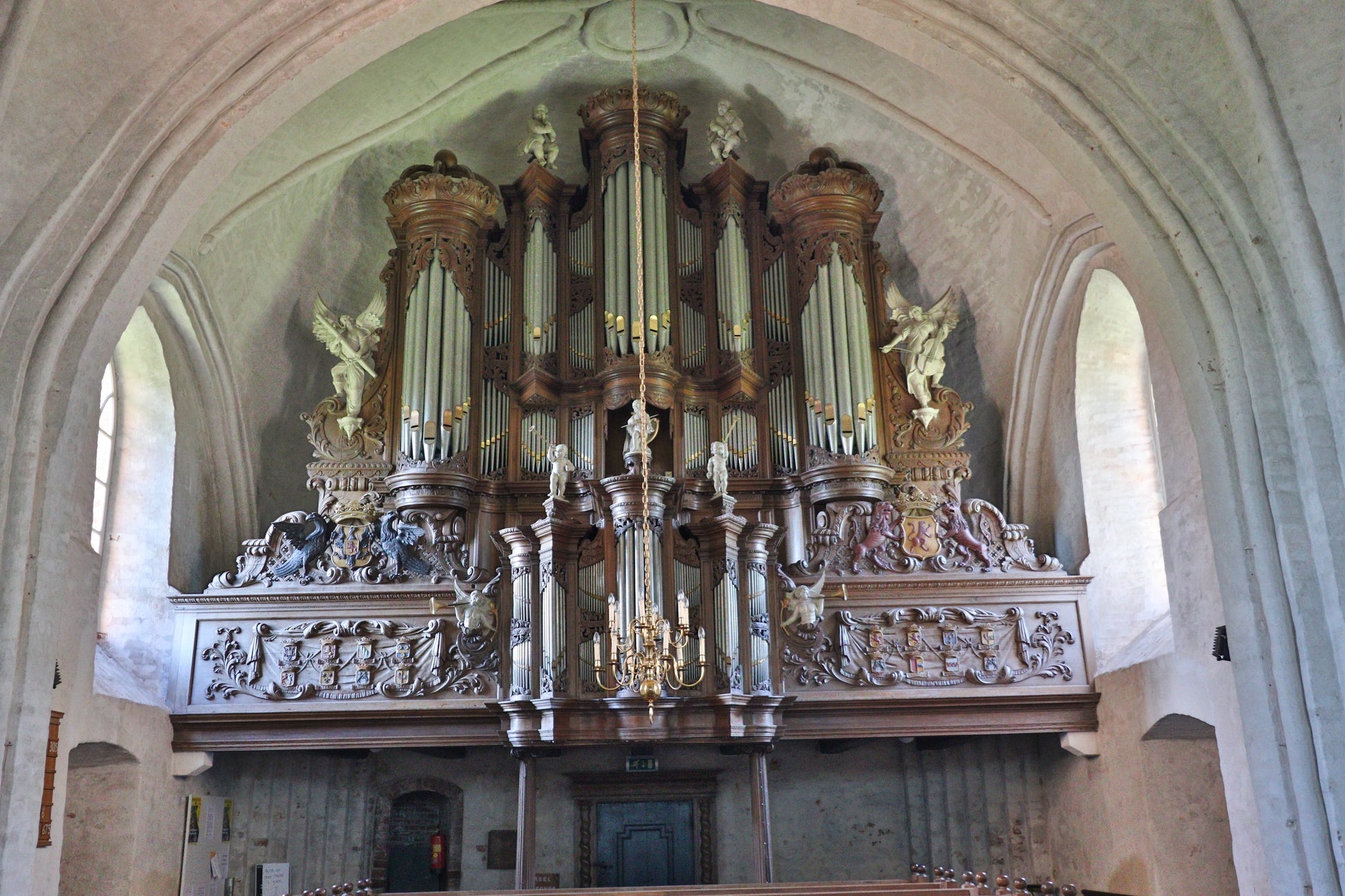
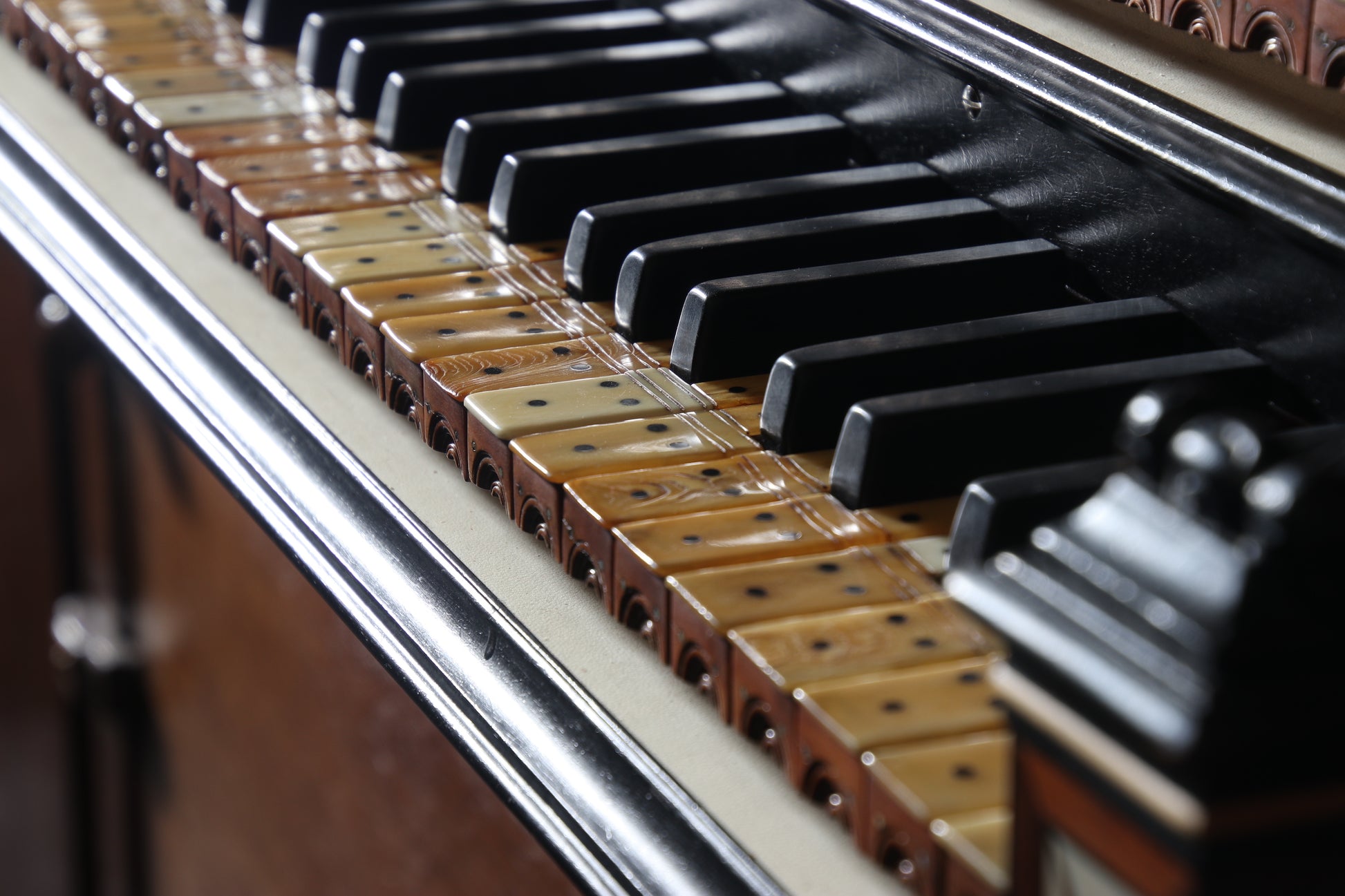
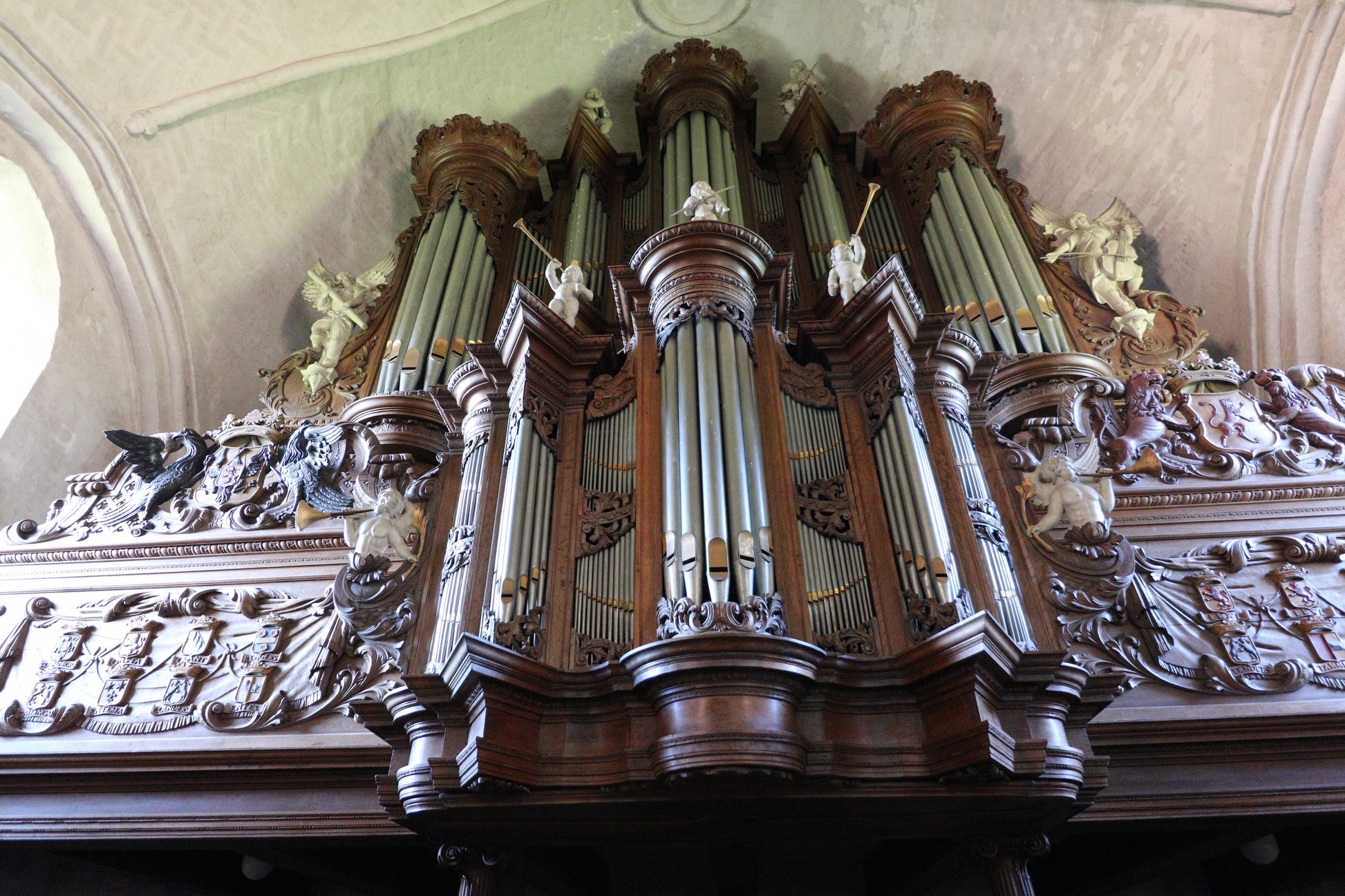
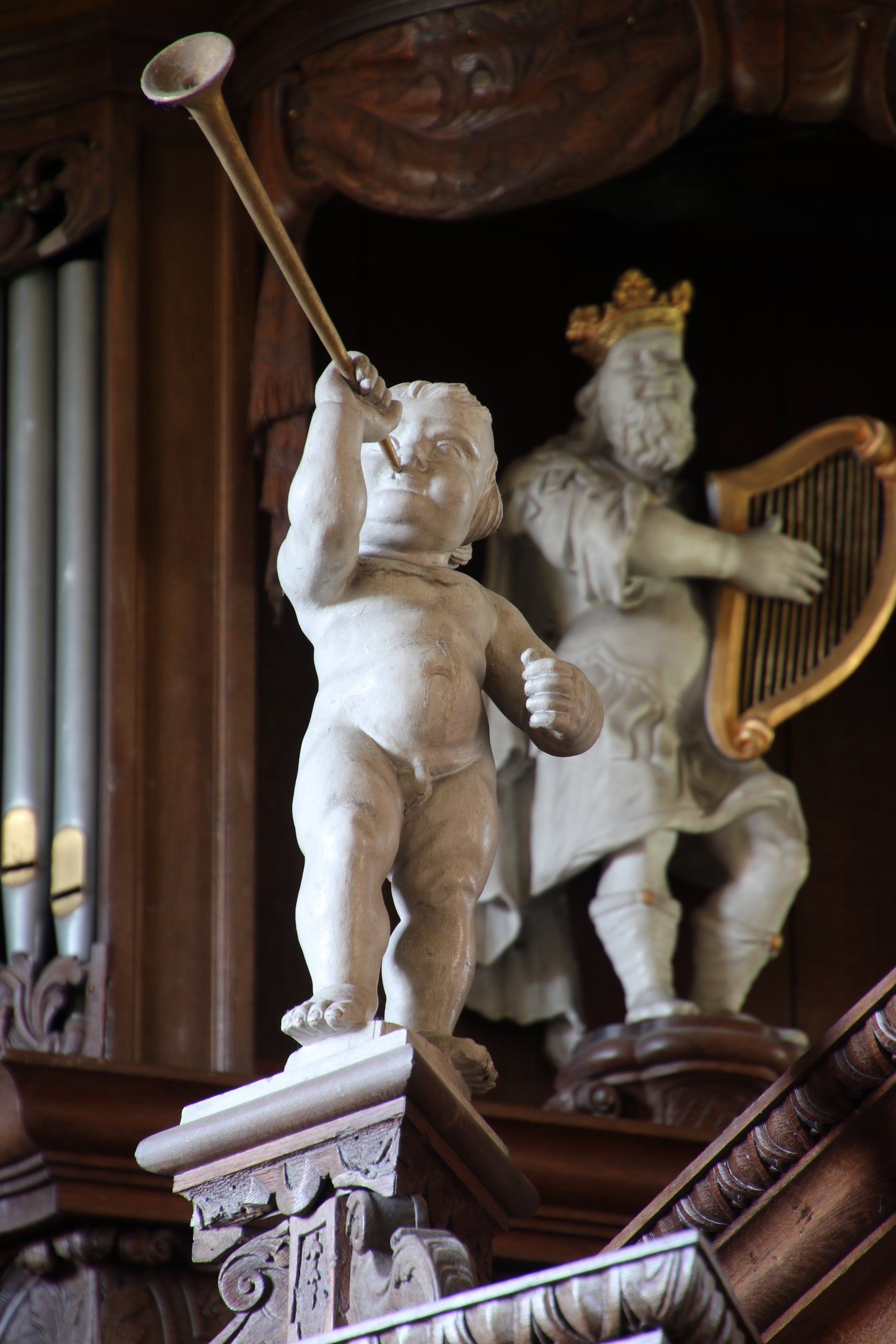


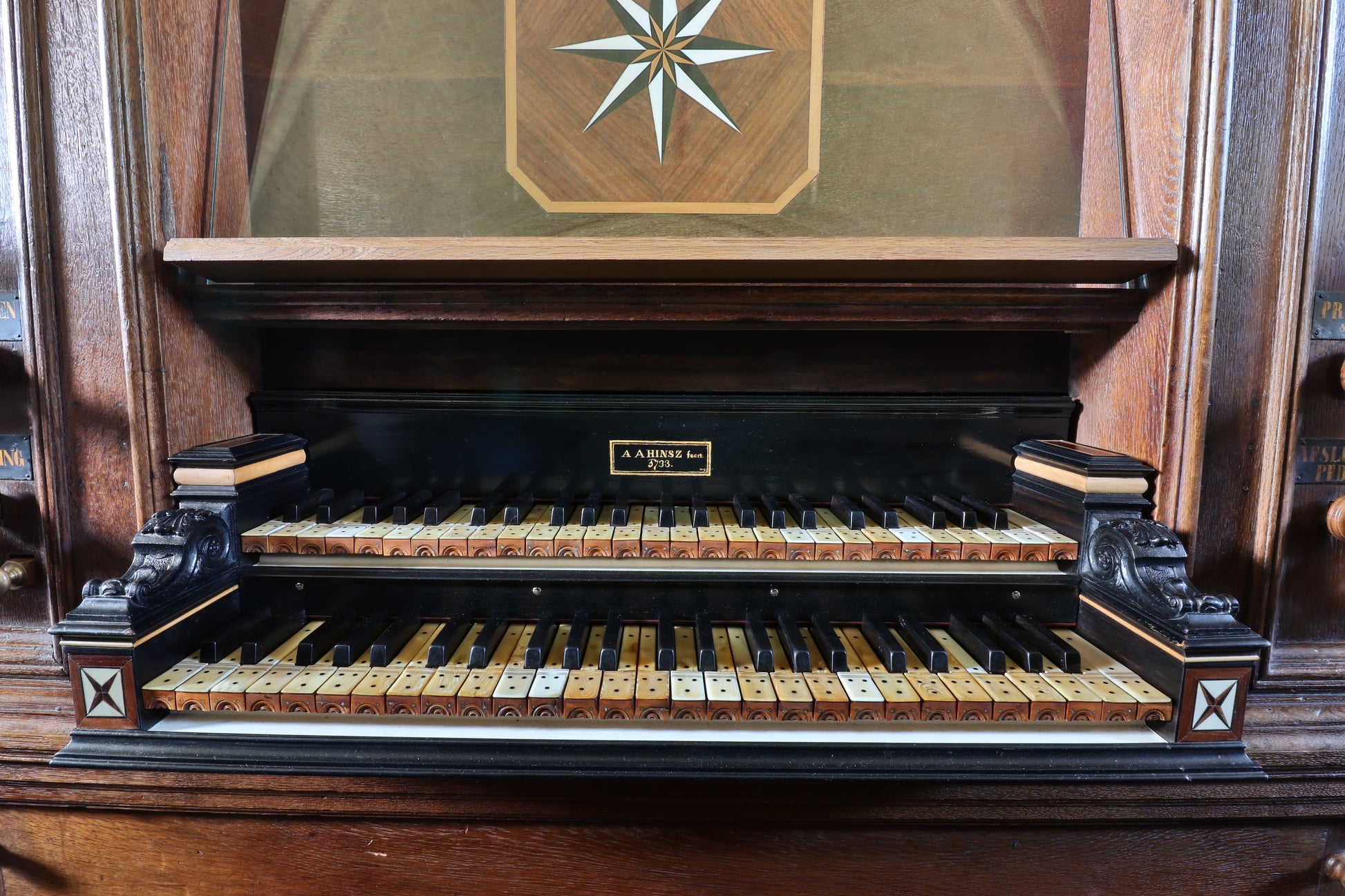

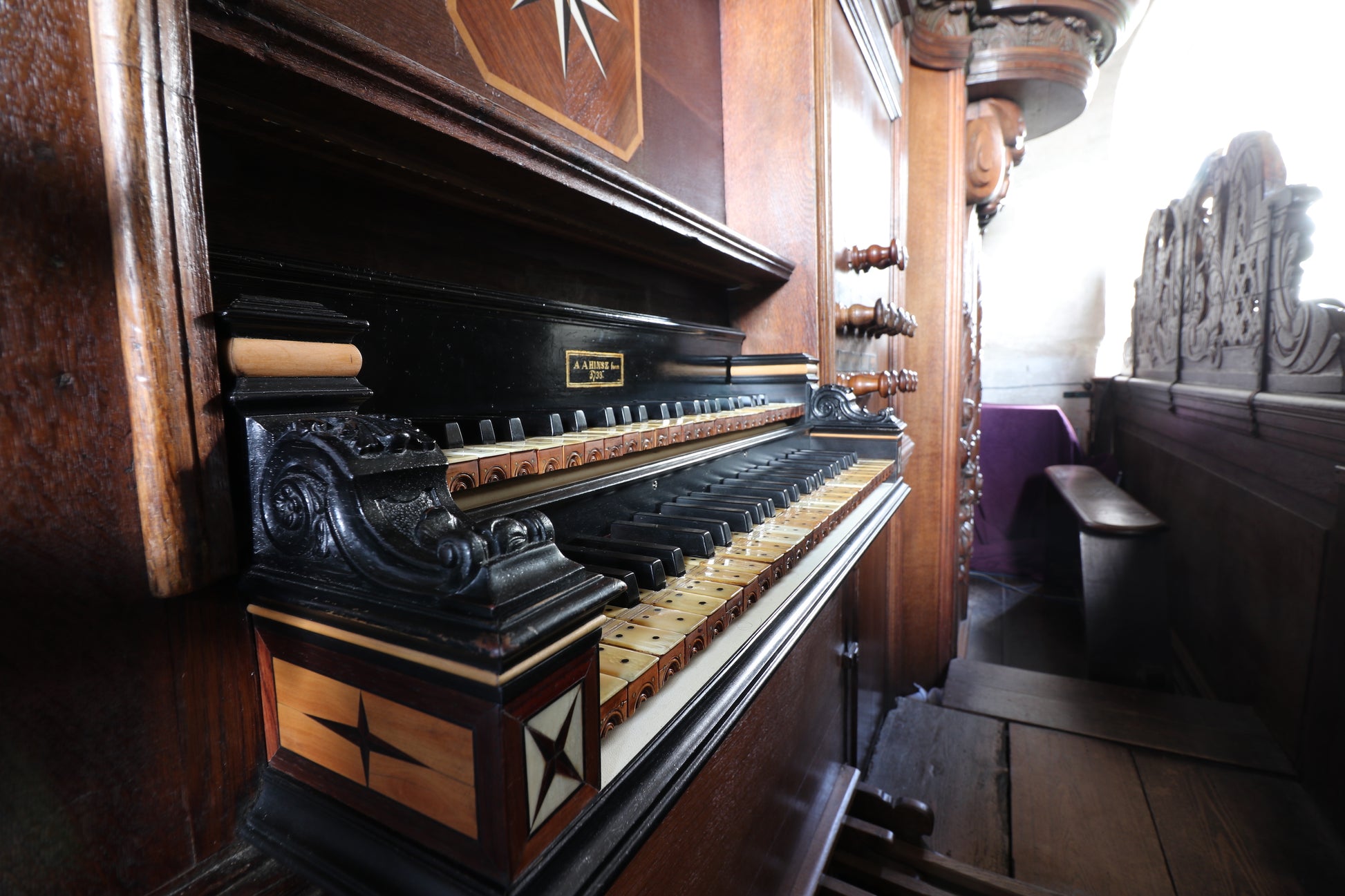

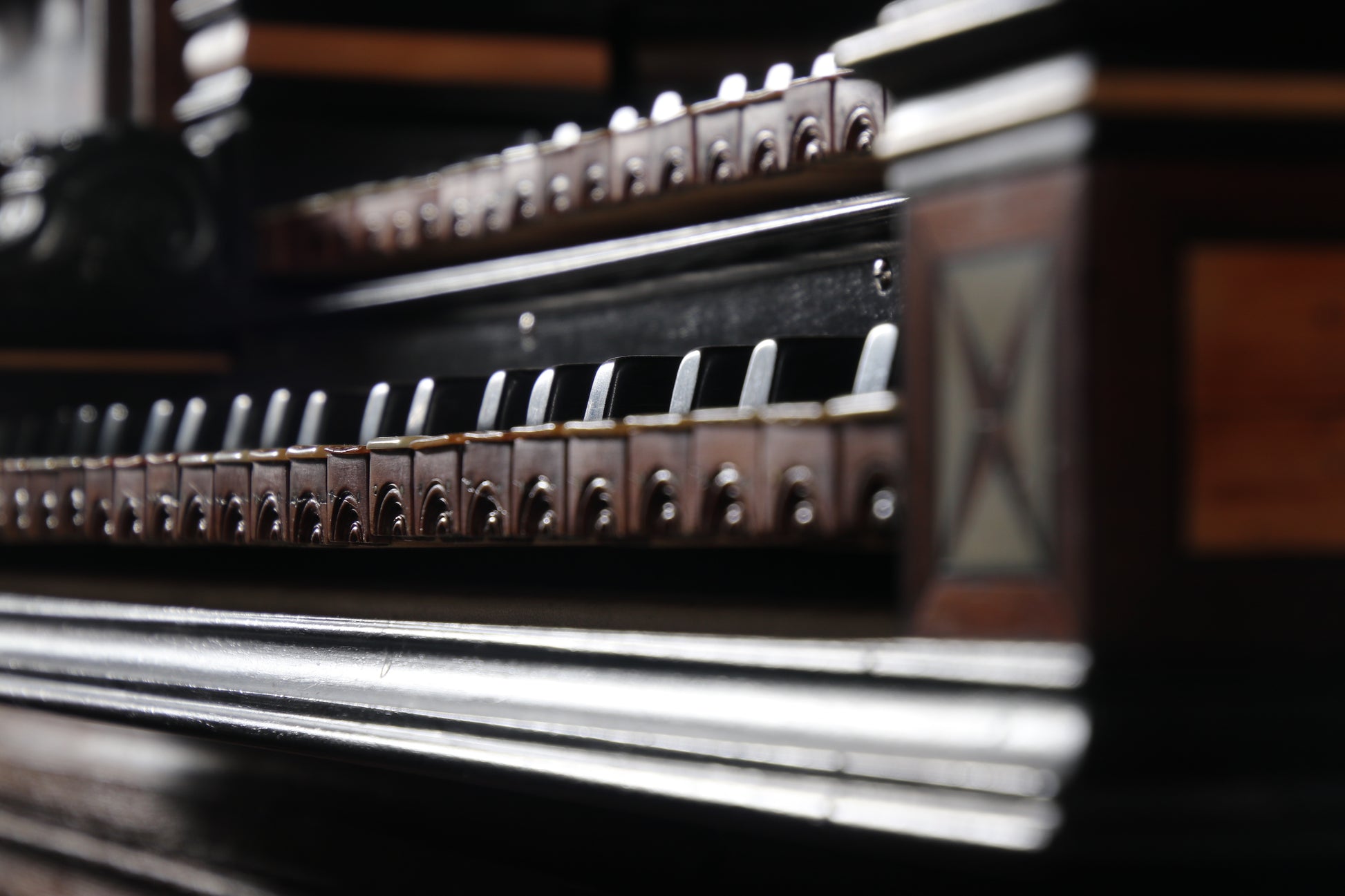

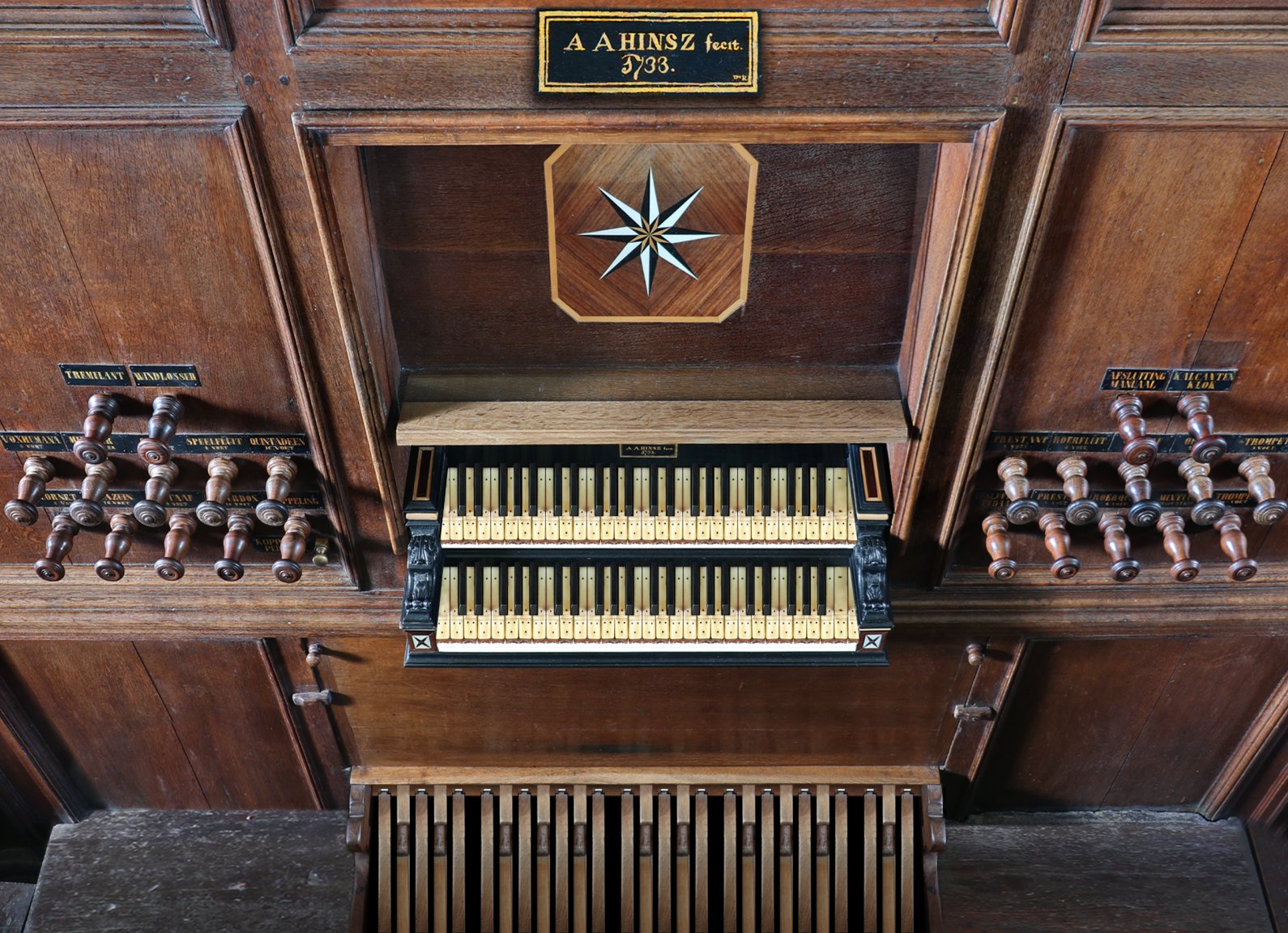
![Casavant, 1995 [Hauptwerk]](http://artful.shop/cdn/shop/files/ss_casavant1.jpg?v=1693319885&width=533)
![Bückeburg, 1997 [Hauptwerk]](http://artful.shop/cdn/shop/files/ss_bueckeburg1.jpg?v=1692967628&width=533)
![Schwerin, Dom, Ladegast Organ 1871 [Hauptwerk]](http://artful.shop/cdn/shop/files/ladegast1.jpg?v=1759140126&width=533)
![Segovia, 1772 [Hauptwerk]](http://artful.shop/cdn/shop/files/ss_segovia1.jpg?v=1714213906&width=533)
![Reuter, 1928 [Hauptwerk]](http://artful.shop/cdn/shop/files/ss_Reuter1.jpg?v=1693321024&width=533)
![Rotterdam Hoofdorgel, 1973 [Hauptwerk]](http://artful.shop/cdn/shop/files/ss_RotterdamMain1.jpg?v=1693279529&width=533)
![Groningen, 1450-1740 [Hauptwerk]](http://artful.shop/cdn/shop/files/ss_Groningen1.jpg?v=1693275425&width=533)
![Frankfurt a.d. Oder, 1975 [Hauptwerk]](http://artful.shop/cdn/shop/files/ss_frankfurtoder1.jpg?v=1692974219&width=533)
![Piacenza, 1838 [Hauptwerk]](http://artful.shop/cdn/shop/files/ss_piacenza1.jpg?v=1693003521&width=533)
![Lüdingworth, 1683 [Hauptwerk]](http://artful.shop/cdn/shop/files/ss_luedingworth1.jpg?v=1692998051&width=533)